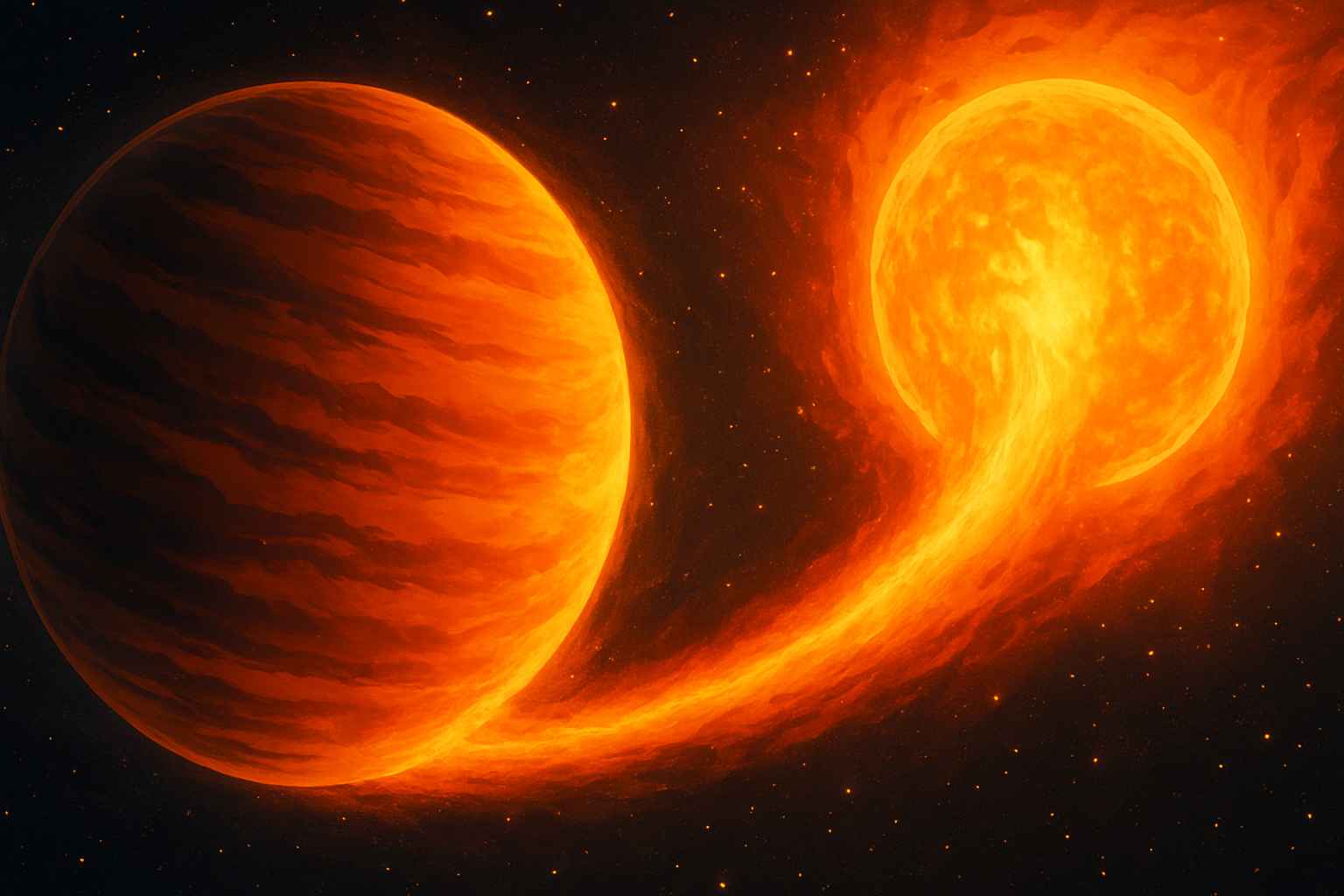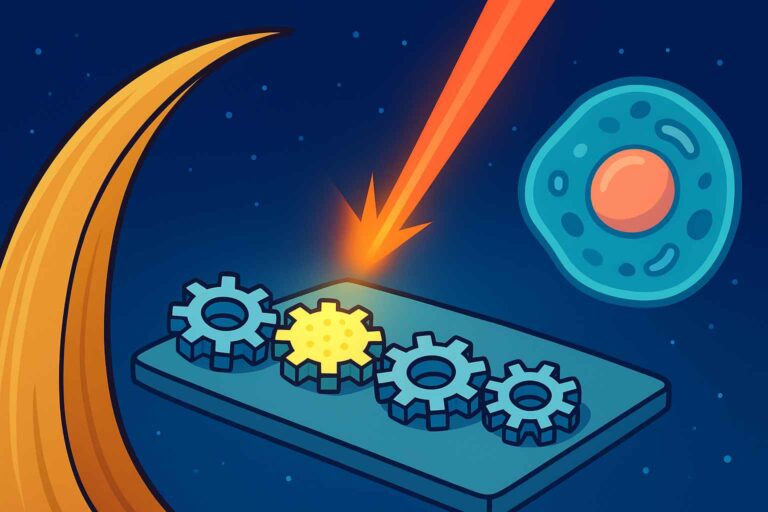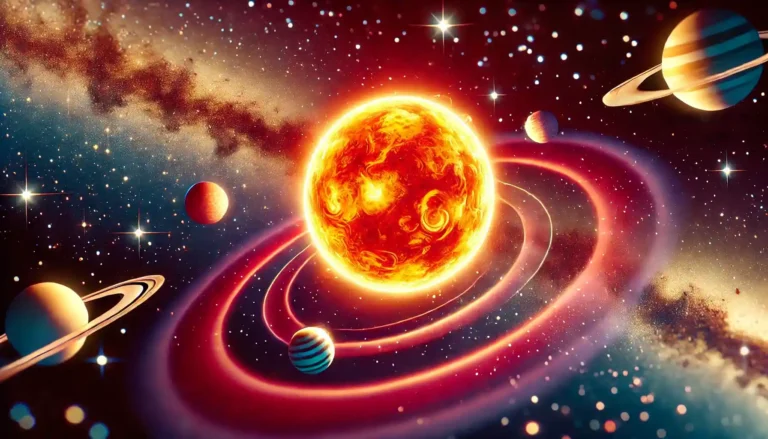
The true (and fiery) story of a giant planet on a death spiral!
Hey space fans! 🚀
Have you ever seen something so big, so fast, and so doomed it sounds like a cosmic drama? Meet TOI-2109b, a planet way bigger than Jupiter that’s speeding toward its star like a space rollercoaster on fire! 🎢🔥
This isn’t a made-up story. Scientists just discovered this wild planet is spiraling closer and closer to its star—and it could explode, melt, or get stripped to its bones! Let’s dive in…
🪐 Say Hello to TOI-2109b – The Hottest Planet in Trouble
TOI-2109b (yep, that’s its real name, not a robot!) lives 870 light-years away from Earth. It’s what scientists call an “ultra-hot Jupiter.” Why?
- It’s almost twice the size of Jupiter 🌌
- It’s 5 times heavier than Jupiter 💪
- And it goes around its star in just 16 hours! 😲
That’s right! One whole year on this planet lasts less than a single day!
(Our Mercury takes 88 days, and it’s teeny-tiny compared to this giant!)
⏳ The Planet Is Falling… Literally!
A team of astronomers from Macquarie University tracked TOI-2109b for over a decade using powerful telescopes from NASA and the European Space Agency. They noticed something strange…
🛰️ Every time the planet passed in front of its star (called a transit), it happened just a little bit earlier than the last time. That meant:
📉 Its orbit is shrinking!
The planet is getting closer and closer to its star, pulled in by the star’s powerful gravity. Uh-oh. 😬
💥 What Happens Next? 3 Possible Fates
So, what’s going to happen to this poor hot gas giant? Scientists say it has three dangerous options:
- 🔥 It could crash straight into its star and be completely destroyed!
- 💨 It could get its outer gas layers ripped off by the star’s heat and radiation.
- 💔 It could be pulled apart by the star’s gravity, like breaking a cookie in mid-air.
Whichever way it goes, it’s not going to end well for TOI-2109b. But for science? It’s a goldmine of information!
🧠 What Can We Learn?
This cosmic disaster is helping scientists answer BIG questions:
- Could some rocky planets we see in space just be the leftover cores of gas giants like TOI-2109b?
- How do planetary systems change over time?
- What happens when planets get too close to their stars?
Dr. Jaime Alvarado-Montes, who led the study, says this planet is giving us clues about how solar systems live, change, and die.
So, even if TOI-2109b doesn’t survive, its story will teach us a lot about space. 🌌📖
🤔 DID YOU KNOW?
🌟 A year on TOI-2109b is only 16 hours long—you could celebrate your birthday twice a day there! 🥳
🔥 TOI-2109b is so close to its star, its surface temperature could reach 3,500°C—hotter than some stars! (Don’t pack your sunscreen. Just don’t go.)
🪐 The idea that rocky planets could be the stripped remains of gas giants is new and could change how we understand how Earth-like planets form!
🧪 FUN QUIZ TIME!
Let’s test your astro-smarts! 🚀
- How long does it take TOI-2109b to orbit its star?
A) 16 days
B) 88 days
C) 16 hours - What could happen to TOI-2109b as it spirals inward?
A) It might grow larger
B) It could be destroyed or stripped
C) It will become a star - What kind of planet is TOI-2109b?
A) Rocky dwarf
B) Icy moon
C) Ultra-hot Jupiter
(Answers at the end!)
🔭 Final Blast!
TOI-2109b might not be around much longer, but while it’s falling, it’s helping us rise to new discoveries! 🌠
Every orbit, every second it spirals closer, we learn a little more about the wild, mysterious life of planets across the galaxy.
So keep watching the skies—and who knows? Maybe you’ll be the one to spot the next planet doing a cosmic backflip!
✅ Quiz Answers:
1 – C) 16 hours
2 – B) It could be destroyed or stripped
3 – C) Ultra-hot Jupiter






